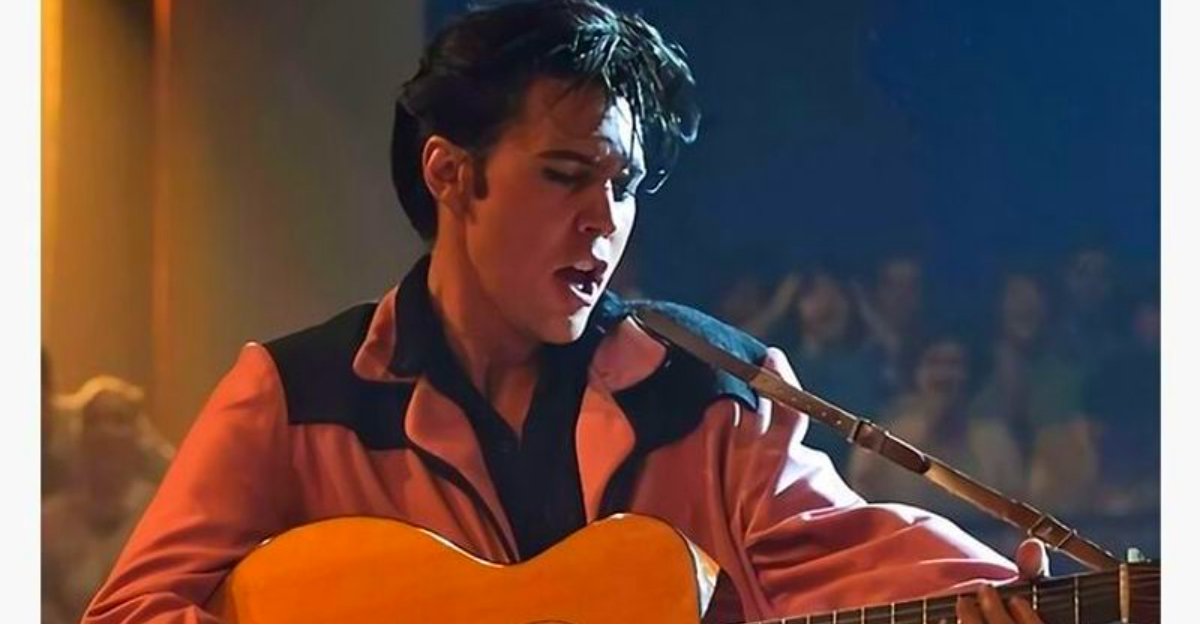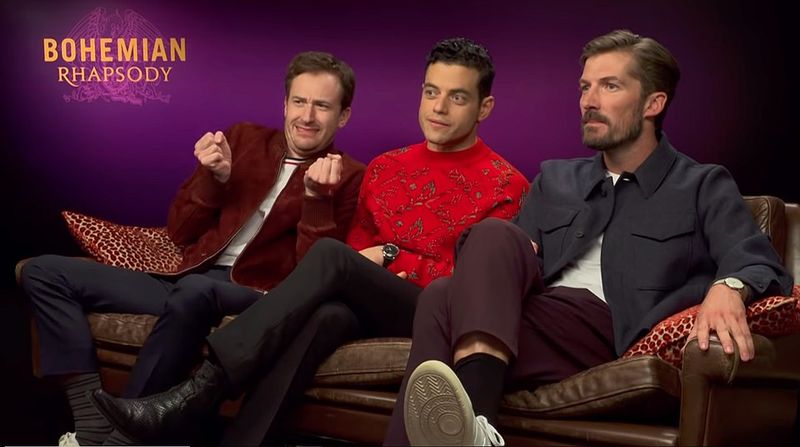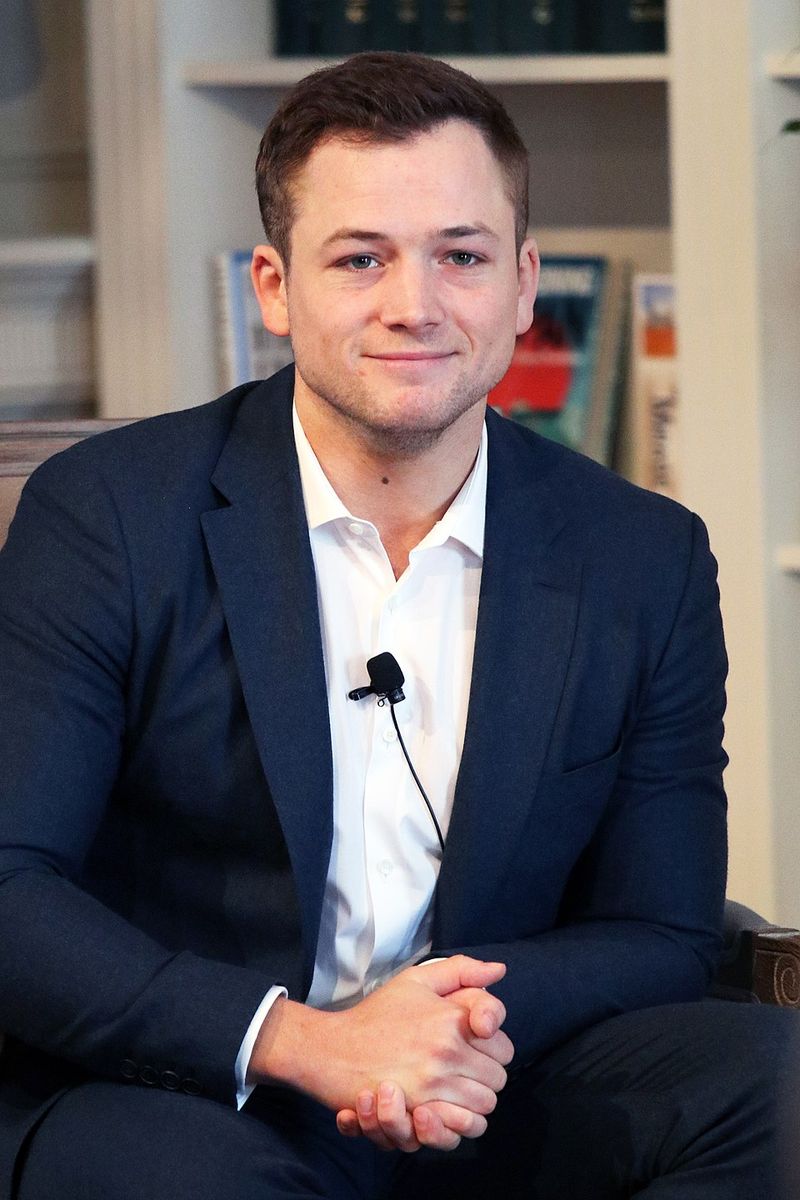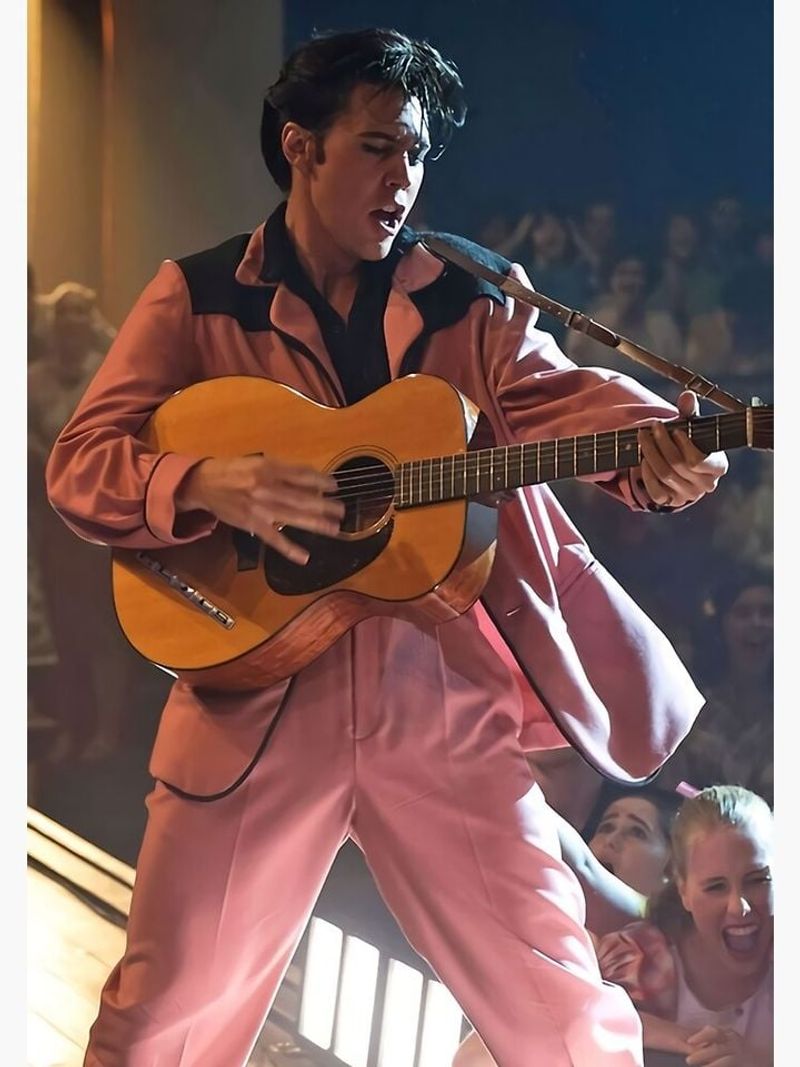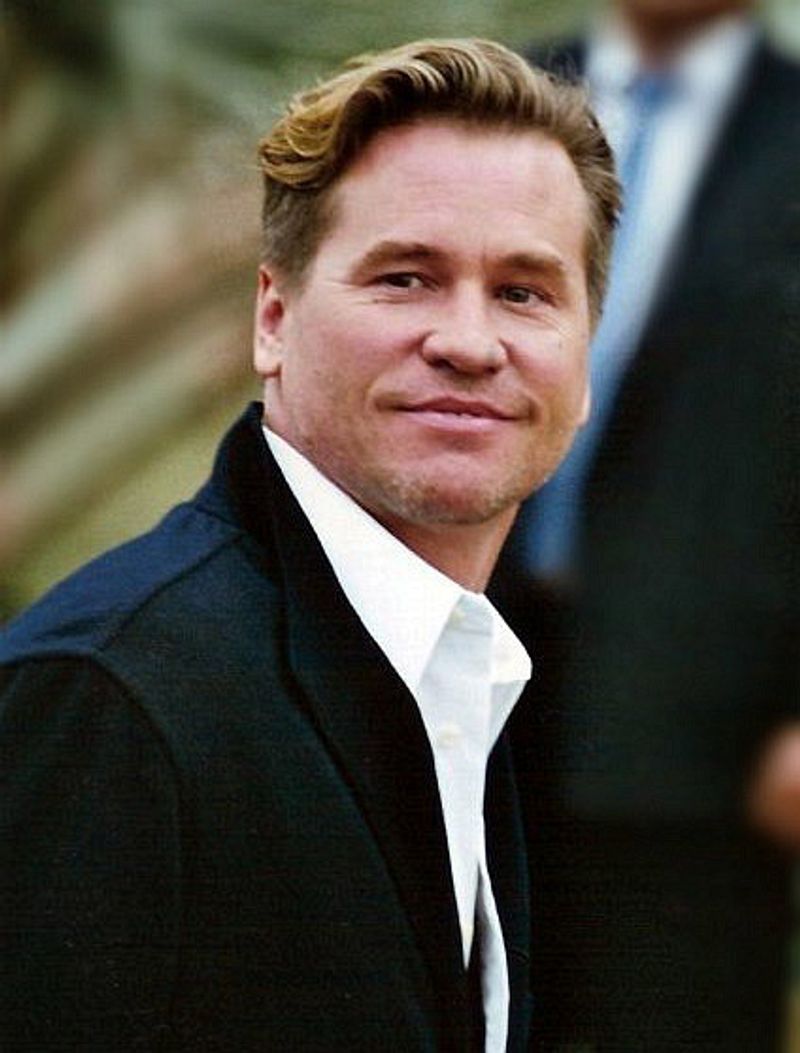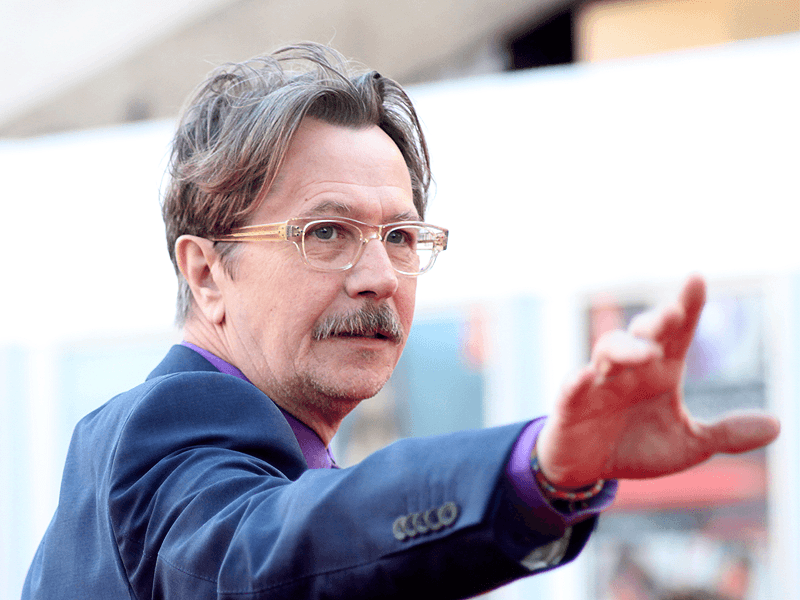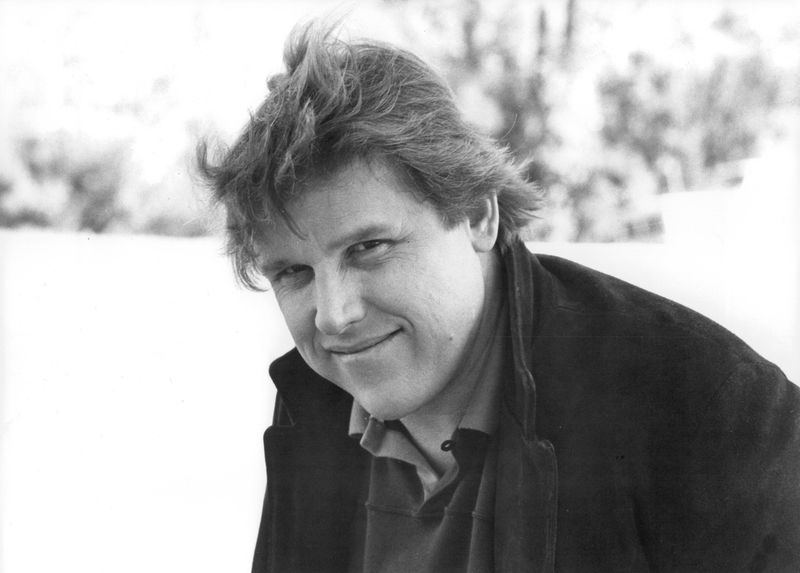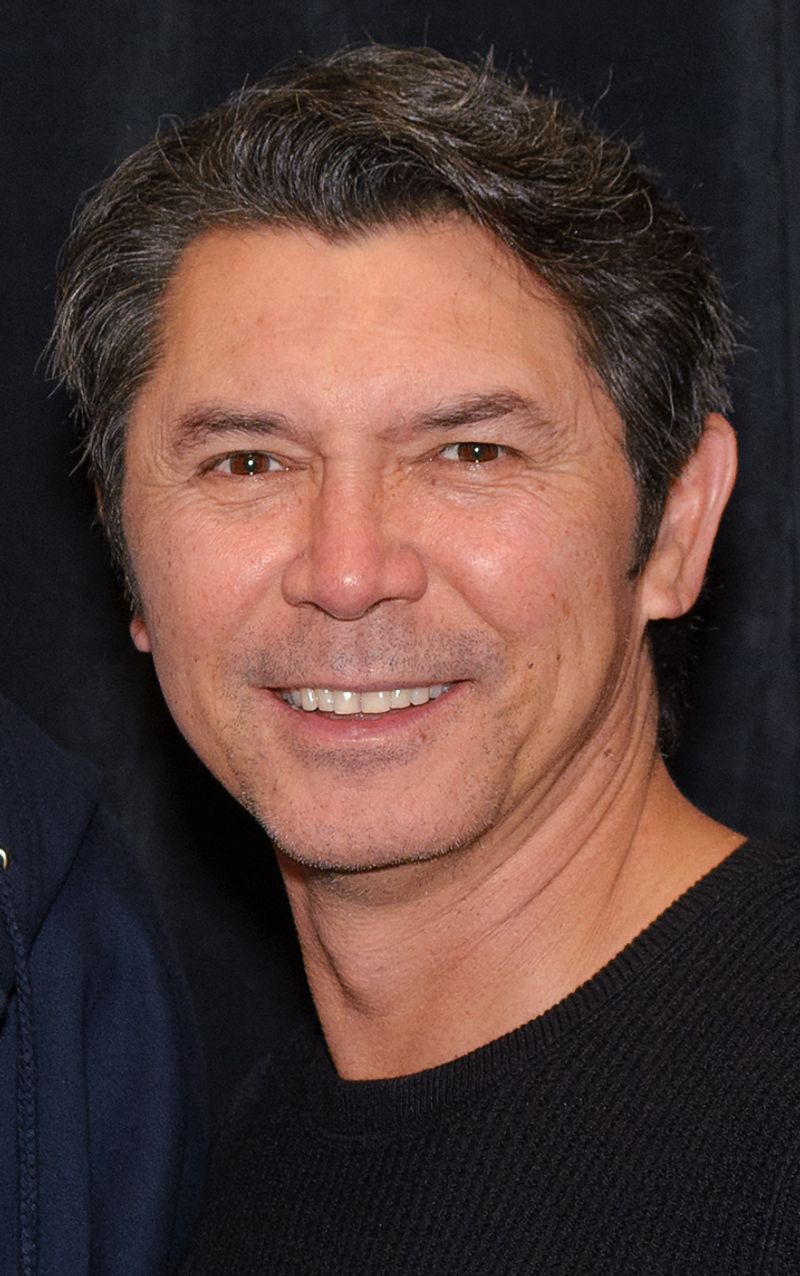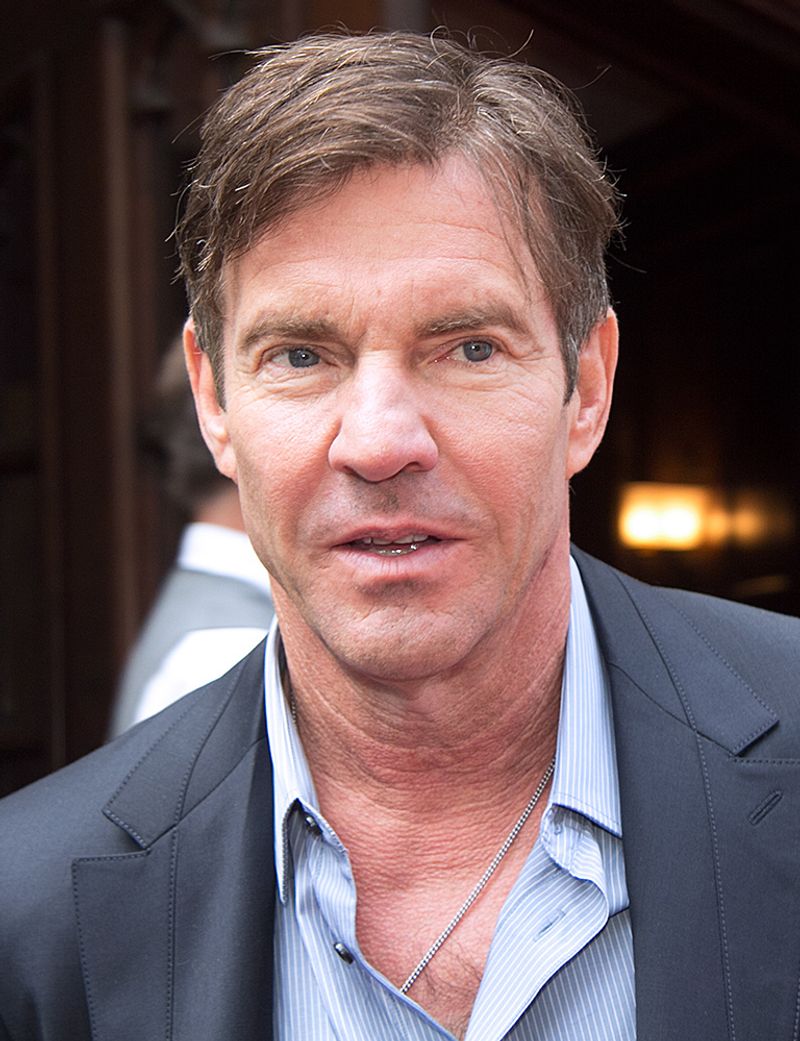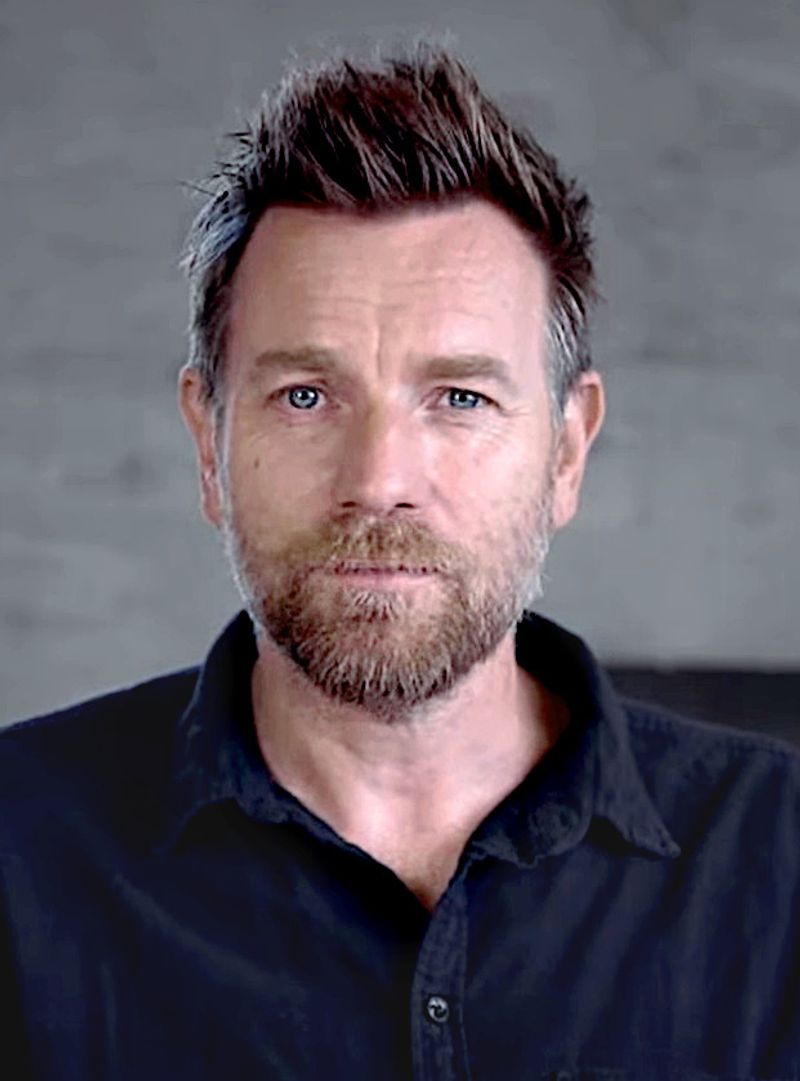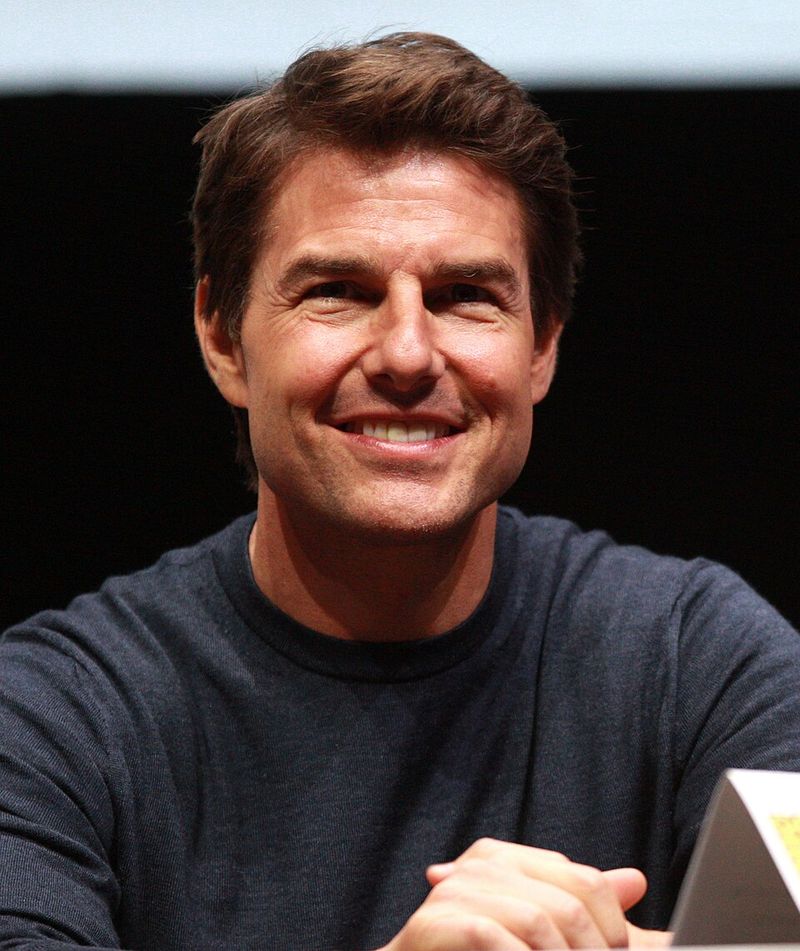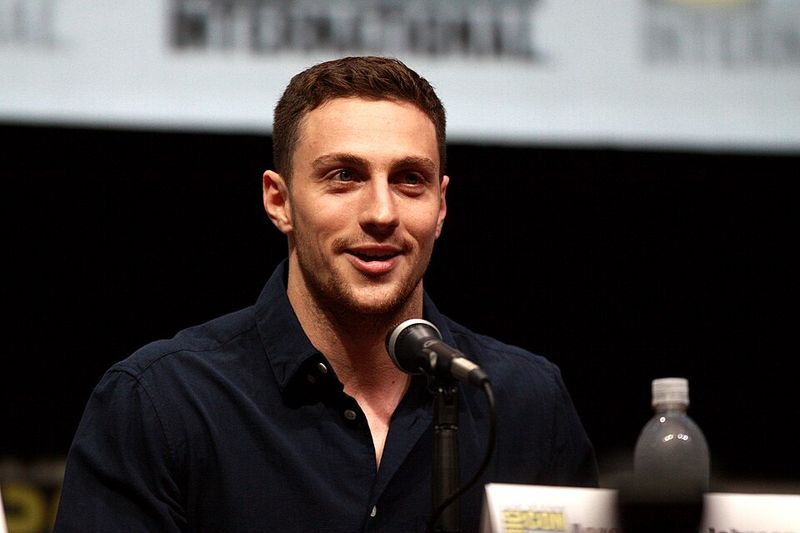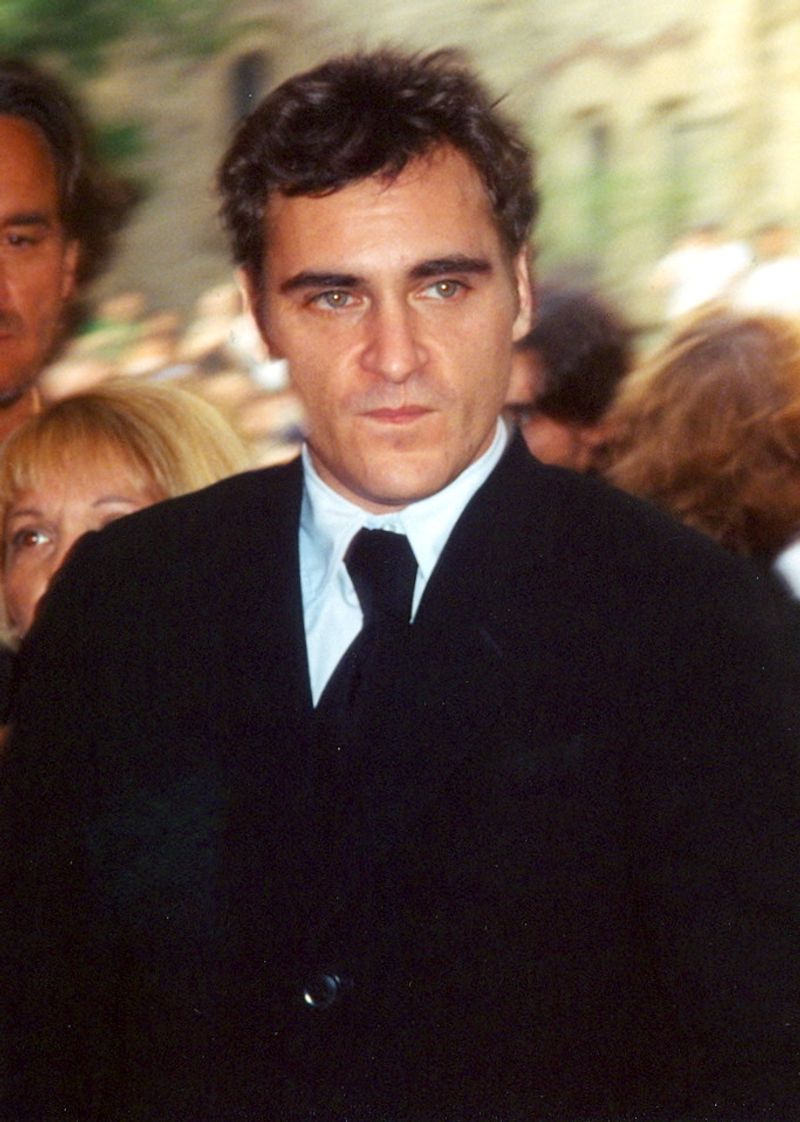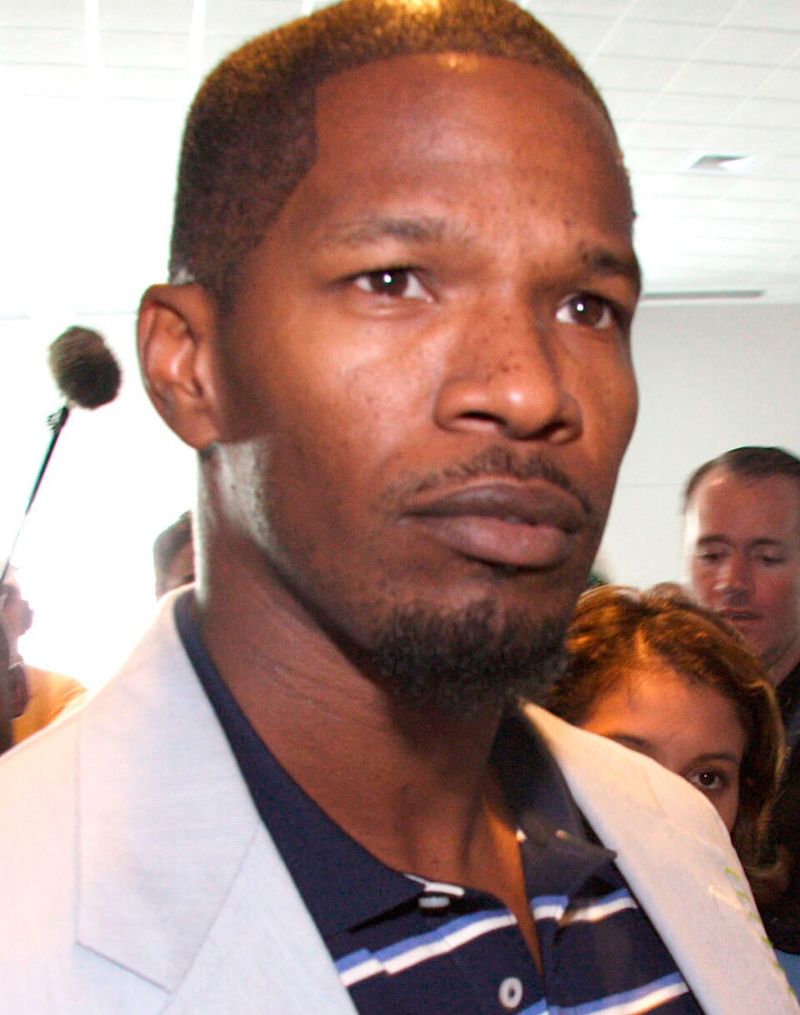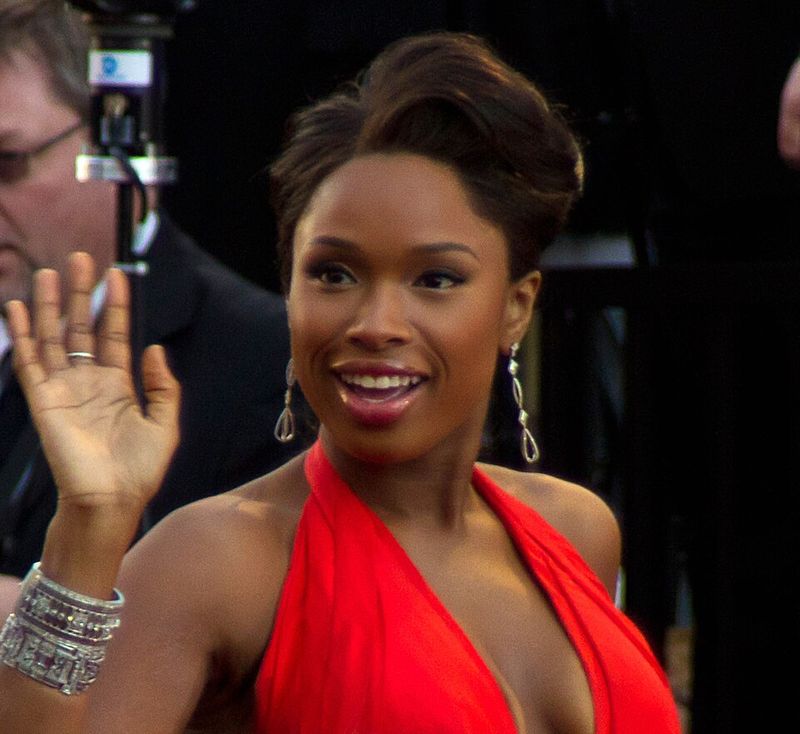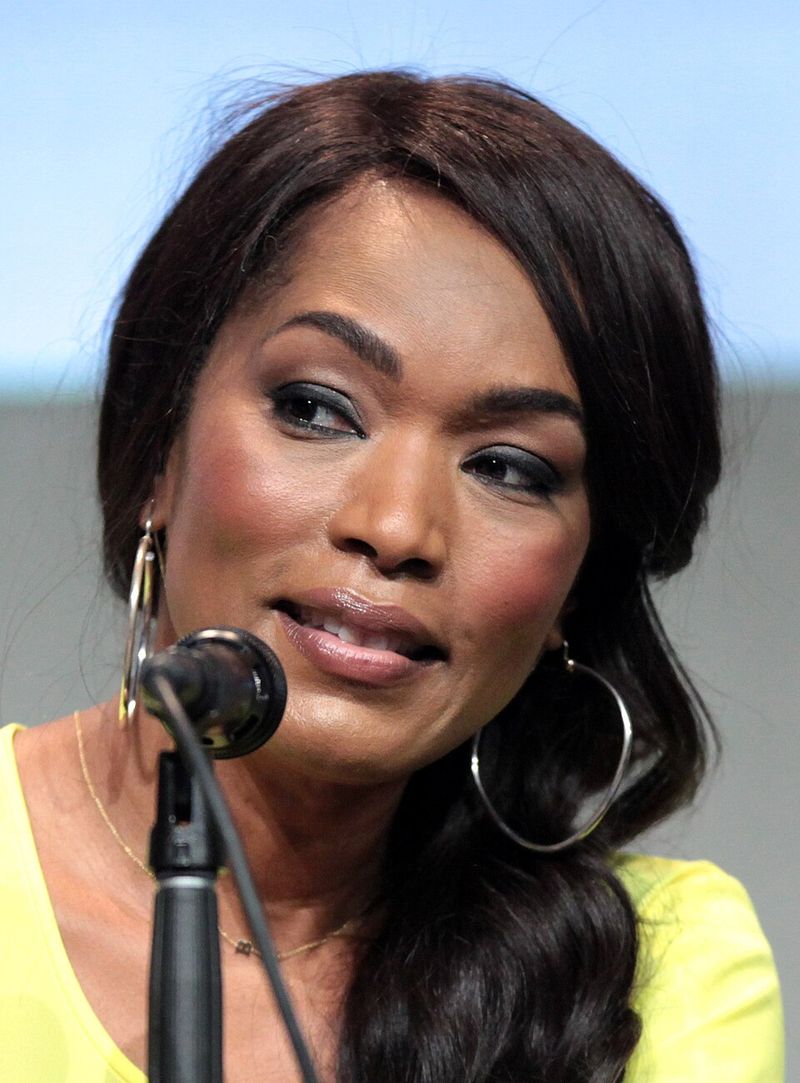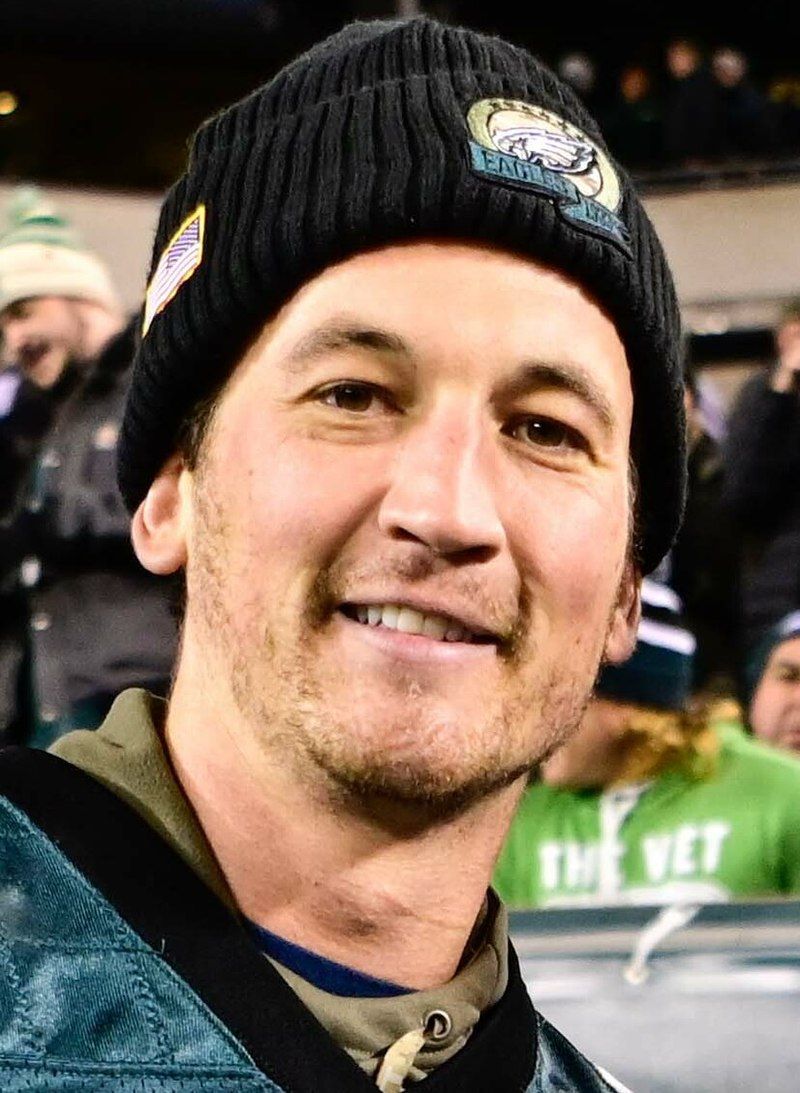Some actors don’t just play rock stars, they become them. From mastering vocal riffs to channeling raw stage energy, these performances blur the line between imitation and transformation. Whether they sang every note themselves or lip-synced to perfection, these artists made audiences believe they were witnessing legends reborn on screen.
1. Rami Malek as Freddie Mercury in Bohemian Rhapsody (2018)
When Rami Malek strutted onto that Live Aid stage recreation, jaws dropped worldwide. His physicality captured Mercury’s electric swagger down to the signature overbite and commanding hand gestures.
The filmmakers made a smart choice by blending Freddie’s original vocals with singer Marc Martel’s voice. Malek focused entirely on embodying the legend’s movements and charisma. That four-octave range was simply too iconic to recreate any other way.
The result? Audiences forgot they were watching an actor. Malek didn’t mimic Mercury—he channeled the essence of rock royalty, proving that sometimes authenticity means knowing your limits and honoring a once-in-a-century instrument.
2. Taron Egerton as Elton John in Rocketman (2019)
Elton John himself insisted Taron Egerton sing every single note, and boy, did that gamble pay off. Recording the entire soundtrack at legendary Abbey Road Studios, Egerton brought authenticity that no lip-sync could match.
His voice carries genuine emotion through classics like “Rocket Man” and “I’m Still Standing.” The film plays less like a traditional biopic and more like you’re front row at an intimate Elton concert. Each musical number pulses with raw energy because those vocals are genuinely live.
Egerton’s commitment transformed Rocketman into something special. Audiences heard an actor truly inhabiting the music, not just pretending to perform it, creating an immersive experience that honors Elton’s theatrical genius.
3. Austin Butler as Elvis Presley in Elvis (2022)
Austin Butler disappeared into Elvis so completely that he kept the King’s accent for months after filming wrapped. For the early rock-and-roll era, Butler recorded all the vocals himself, capturing that youthful fire and dangerous energy.
Director Baz Luhrmann cleverly blended Butler’s voice with archival Elvis tracks for later periods. This technique mirrored how Presley’s timbre matured and deepened over decades. The seamless transitions make it nearly impossible to tell where Butler ends and Elvis begins.
Concert scenes feel eerily live, as if you’ve time-traveled to witness the real deal. Butler’s dedication created something rare: a performance that honors history while making it feel urgent and immediate for modern audiences.
4. Val Kilmer as Jim Morrison in The Doors (1991)
Val Kilmer’s transformation into Jim Morrison remains legendary among rock biopics. He trained intensively, studying Morrison’s every move, vocal inflection, and poetic mystique. Then he went ahead and sang the majority of the film’s vocals himself.
His commitment was so convincing that surviving Doors members were genuinely startled by the likeness. Kilmer captured Morrison’s shamanic stage presence—that dangerous blend of poet and provocateur. Watching him perform “Light My Fire” feels like witnessing the Lizard King himself.
The film’s concert sequences crackle with authentic 1960s rebellion. Kilmer didn’t just impersonate Morrison; he channeled the spirit of an era when rock music was genuinely dangerous and transformative.
5. Gary Oldman as Sid Vicious in Sid & Nancy (1986)
Gary Oldman has built a career on vanishing into roles, and his Sid Vicious stands among his most fearless work. He didn’t just capture the punk icon’s signature lurch and sneer—he sang Sid’s infamous cover of “My Way,” which became the film’s unforgettable centerpiece.
That performance scene is pure chaos and heartbreak rolled into one. Oldman channels Sid’s self-destructive rage and desperate need for validation. His raw vocal delivery perfectly matches the character’s inability to separate performance from reality.
The film doesn’t glorify punk’s dark side, and Oldman’s commitment ensures audiences see the tragedy beneath the safety pins and leather. It’s a haunting portrayal that refuses to look away.
6. Sam Riley as Ian Curtis in Control (2007)
Sam Riley’s portrayal of Joy Division’s Ian Curtis captures the singer’s fragile intensity with heartbreaking precision. The entire cast learned to actually play Joy Division’s songs, performing them live on camera rather than lip-syncing.
This approach gives the concert scenes genuine electricity. You can feel the post-punk atmosphere of late-1970s Manchester in every frame. Riley’s movements echo Curtis’s distinctive dancing—those jerky, epileptic-seizure-mimicking motions that made him unforgettable on stage.
Shot in stark black and white, the film honors Curtis’s artistic vision while exploring his inner turmoil. Riley doesn’t shy away from the darkness, creating a performance that feels like documentary footage of a doomed poet who happened to front one of music’s most influential bands.
7. Kristen Stewart as Joan Jett in The Runaways (2010)
Kristen Stewart shed her Twilight image by becoming Joan Jett, and the transformation was striking. With coaching from Jett herself, Stewart handled rhythm guitar and vocals throughout filming. That hands-on approach makes the live sequences feel authentically raw and sweaty.
Stewart nailed Jett’s cool-girl confidence and no-nonsense attitude. She doesn’t play Joan as a rebel caricature but as a serious musician fighting to be taken seriously in a male-dominated industry. The guitar work looks natural, not like an actor faking it.
Concert scenes pulse with the grimy energy of 1970s clubs where The Runaways cut their teeth. Stewart’s commitment proves she’s capable of far more range than early critics acknowledged.
8. Dakota Fanning as Cherie Currie in The Runaways (2010)
Dakota Fanning shocked audiences by trading her child-star sweetness for Cherie Currie’s raw teenage rebellion. She sang all of Currie’s parts herself, including the explosive “Cherry Bomb,” lending the on-screen band a credible, punchy energy.
Fanning captures Currie’s vulnerability beneath the tough exterior. You see a girl thrust into fame before she’s ready, exploited by adults who should protect her. Her vocal delivery on “Cherry Bomb” crackles with youthful defiance and barely contained chaos.
The chemistry between Fanning and Stewart makes the band feel real. Together they create an authentic portrait of young women who changed rock history, even if the world wasn’t quite ready to acknowledge their contribution at the time.
9. Gary Busey as Buddy Holly in The Buddy Holly Story (1978)
Long before his reality TV days, Gary Busey delivered a performance that critics still praise as authentic magic. He did all his own singing and instrument work—zero lip-syncing—which critics singled out as the film’s secret ingredient.
Busey captures Holly’s infectious enthusiasm and pioneering spirit. Watching him perform “That’ll Be the Day” feels like witnessing the birth of rock and roll. His genuine musical ability allows the concert scenes to flow naturally, without awkward cuts or obvious fakery.
The film earned Busey an Oscar nomination, and deservedly so. He honors Holly’s legacy by showing how a kid from Texas changed music forever with just a Stratocaster, glasses, and unstoppable creative vision.
10. Lou Diamond Phillips as Ritchie Valens in La Bamba (1987)
Lou Diamond Phillips brought warmth and humanity to Ritchie Valens, the teenage rock pioneer whose life ended tragically at seventeen. Phillips lip-synced to recordings by Los Lobos, who performed all of Valens’s music for the film—an artistic choice that kept the sound era-authentic.
This approach let Phillips focus entirely on character rather than vocal technique. He captures Valens’s infectious joy and the cultural bridge he built by bringing Mexican-American sounds into mainstream rock. The title track performance scene remains iconic, full of youthful energy and promise.
Phillips makes you feel the tragedy of potential cut short. Valens was just beginning to change music when that plane crashed, and this performance ensures his brief, brilliant flame still burns bright in our collective memory.
11. Dennis Quaid as Jerry Lee Lewis in Great Balls of Fire! (1989)
Dennis Quaid learned to play piano Jerry Lee Lewis-style—all that wild, standing-up, kick-the-bench showmanship—and actually performed on camera. The vocals you hear, though, are Jerry Lee’s own re-recordings, which Quaid lip-synced to with impressive precision.
This hybrid approach works brilliantly. Quaid’s physical performance captures Lewis’s manic energy and dangerous charisma. You believe he’s the kind of guy who’d marry his thirteen-year-old cousin and see nothing wrong with it. The piano work looks genuine because it is.
The film’s concert sequences explode with rock-and-roll’s early rebellious spirit. Quaid doesn’t judge his character—he inhabits Lewis’s cocky confidence and lets audiences draw their own conclusions about the Killer’s complicated legacy.
12. Jonathan Rhys Meyers as Brian Slade in Velvet Goldmine (1998)
Playing a glam-rock avatar inspired by David Bowie, Jonathan Rhys Meyers provided his own vocals for tracks like “Baby’s on Fire” and “Tumbling Down.” His performance anchors the film’s glitter-bomb aesthetic with genuine musical credibility.
Meyers captures glam’s androgynous beauty and theatrical excess without tipping into parody. He understands that glam rock was about transformation—creating personas that challenged gender norms and celebrated artifice as art. His stage presence radiates the movement’s defiant sexuality.
Director Todd Haynes couldn’t get rights to Bowie’s actual music, so the film created its own glam universe. Meyers’s vocals help make that alternate reality feel authentic, proving sometimes limitations breed creativity that rivals the original inspiration.
13. Ewan McGregor as Curt Wild in Velvet Goldmine (1998)
Ewan McGregor’s snarling takes on Stooges cuts like “TV Eye” are entirely his own vocals, delivered with feral energy that sells the Iggy Pop-inspired mythology. McGregor doesn’t hold back—he throws himself into the character’s self-destructive chaos with abandon.
Curt Wild represents glam’s dangerous edge, the place where theatricality meets genuine menace. McGregor captures that razor’s edge between performance and pathology. His concert scenes feel genuinely unhinged, like anything could happen and probably will.
The chemistry between McGregor and Meyers drives the film’s emotional core. Together they embody glam rock’s contradictions: beautiful yet violent, liberating yet destructive, artifice that somehow reveals deeper truths about identity and desire.
14. Tom Cruise as Stacee Jaxx in Rock of Ages (2012)
Yes, that’s actually Tom Cruise singing stadium anthems, and yes, he’s surprisingly good at it. After months working with a top vocal coach, Cruise tackled hair-metal classics with commitment that even the film’s harshest critics had to acknowledge.
His Stacee Jaxx is a hilarious parody of 1980s rock-god excess—all abs, eyeliner, and ridiculous confidence. Cruise leans into the absurdity while still hitting the notes. He understands that hair metal was always half-serious, winking at its own bombast.
The film itself is forgettable jukebox musical fluff, but Cruise’s fearless performance stands out. He proves A-list stars can still surprise us, especially when they’re willing to look ridiculous in the service of a joke and a power ballad.
15. Bradley Cooper as Jackson Maine in A Star Is Born (2018)
Bradley Cooper trained his voice for over a year before filming, then recorded many vocals live in front of actual crowds. That preparation shows in every frame. His Jackson Maine feels like a real, weathered country-rock star, not an actor playing dress-up.
Cooper’s raspy vocals on “Maybe It’s Time” and “Black Eyes” carry authentic weariness. He still occasionally performs these songs live, proving they weren’t just movie magic. The chemistry with Lady Gaga elevates every duet into something genuinely moving.
Watching Cooper perform, you forget he directed the film too. He inhabits Jackson’s addiction and self-loathing without making him a monster. It’s a generous performance that lets Gaga shine while anchoring the story’s emotional truth.
16. Aaron Taylor-Johnson as John Lennon in Nowhere Boy (2009)
Aaron Taylor-Johnson tackled young John Lennon during his formative years, before Beatlemania changed everything. He worked up the voice, the guitar skills, and crucially, the singing—performing numbers as young Lennon rather than miming to records.
This film explores Lennon’s complicated relationship with the aunt who raised him and the mother who abandoned him. Taylor-Johnson captures the wounded anger that would fuel Lennon’s later music. You see where that sharp wit and cutting lyrics originated.
The performance scenes feel intimate, showing Lennon discovering his voice in Liverpool clubs. Taylor-Johnson makes you believe this conflicted teenager would eventually help change popular culture forever, even if he can’t quite see that future himself yet.
17. John Cameron Mitchell as Hedwig in Hedwig and the Angry Inch (2001)
John Cameron Mitchell created Hedwig on stage before bringing her to film, and that history shows in every frame. He leads with his own vocals on the soundtrack, delivering glam-rock catharsis that plays like a club gig beamed directly to your screen.
Hedwig’s story—a genderqueer East German rock singer with a botched sex-change operation—is both hilarious and heartbreaking. Mitchell never asks for pity; Hedwig demands to be seen and heard on her own terms. The musical numbers explode with defiant joy and barely contained rage.
Songs like “Origin of Love” and “Angry Inch” have become cult classics. Mitchell’s performance proves that the most powerful rock stories often come from the margins, from voices that refuse to be silenced or sanitized.
18. Joaquin Phoenix as Johnny Cash in Walk the Line (2005)
Joaquin Phoenix transformed himself into the Man in Black, and the dedication shows in every gravelly note. He sang all of Cash’s parts himself, capturing that distinctive bass-baritone rumble that made Johnny’s voice instantly recognizable.
Phoenix doesn’t just impersonate Cash—he channels the singer’s demons and redemption arc. The Folsom Prison performance scene crackles with danger and electricity. You see a man using music to stay alive, to process pain that might otherwise destroy him.
His chemistry with Reese Witherspoon (who also sang her own parts as June Carter) grounds the film’s emotional truth. Together they show how two damaged people found salvation in harmony, creating one of music’s greatest love stories.
19. Jamie Foxx as Ray Charles in Ray (2004)
Jamie Foxx won an Oscar for becoming Ray Charles, and the award was well-deserved. He performed at the piano throughout filming (though Ray’s actual vocals were used), capturing the genius’s physical mannerisms and infectious joy when playing music.
Foxx trained for months to mimic Ray’s head movements and smile. The performance never feels like mimicry, though—it’s transformation. You forget you’re watching an actor and simply experience Ray’s journey from poverty to pioneering soul music.
The film doesn’t shy from Ray’s flaws: the infidelity, the heroin addiction. Foxx shows us a complex man whose music transcended his mistakes. His performance reminds us that genius and goodness aren’t the same thing, but both deserve recognition.
20. Jennifer Hudson as Aretha Franklin in Respect (2021)
Jennifer Hudson was handpicked by Aretha Franklin herself before the Queen of Soul’s death, and that blessing carries weight. Hudson sang every note herself, bringing powerhouse vocals that honor Aretha’s legacy without trying to replicate the irreplaceable.
The film traces Franklin’s journey from gospel prodigy to civil rights icon. Hudson captures Aretha’s quiet strength and the way music became both refuge and weapon in her fight for respect—literally and figuratively. The church scenes pulse with authentic spiritual fervor.
Hudson’s performance of the title track is stunning, full of righteous demand and hard-won dignity. She understands that Aretha wasn’t just a singer but a force of nature who demanded the world recognize Black women’s humanity and genius.
21. Angela Bassett as Tina Turner in What’s Love Got to Do with It (1993)
Angela Bassett’s portrayal of Tina Turner is fierce, vulnerable, and utterly magnetic. While she lip-synced to Tina’s actual recordings, Bassett’s physical performance is so committed that you barely notice. She learned all of Tina’s choreography and embodied that unstoppable stage energy.
The film doesn’t sugarcoat Ike Turner’s abuse, and Bassett navigates those brutal scenes with heartbreaking honesty. Then she shows us Tina’s phoenix-like rise from the ashes, reclaiming her name, her voice, and her power. The concert sequences celebrate survival and reinvention.
Bassett earned an Oscar nomination for this role, and Tina herself praised the performance. It remains one of cinema’s most powerful portrayals of a woman refusing to let trauma define her, using music as a path to freedom.
22. Andre 3000 as Jimi Hendrix in Jimi: All Is by My Side (2013)
Andre Benjamin (Andre 3000 of OutKast) tackled Jimi Hendrix during his pre-fame London years, and the casting made perfect sense—both are musical innovators who defied categorization. Andre learned to play guitar left-handed like Hendrix, bringing authenticity to the performance scenes.
The film couldn’t secure rights to Hendrix’s actual songs, so it focuses on covers Jimi performed early in his career. This limitation actually works, showing the artist before he became a legend. Andre captures Hendrix’s quiet intensity and the revolutionary way he approached the instrument.
Andre’s performance is understated compared to others on this list, which fits Hendrix’s offstage personality. He shows us the man discovering his voice, not yet the myth who would set guitars ablaze at Monterey.
23. Miles Teller as Andrew Neiman in Whiplash (2014)
While not technically a biopic, Miles Teller’s performance as an obsessed jazz drummer deserves recognition for its authenticity. Teller did the majority of his own drumming throughout the film, and that commitment makes the practice and performance scenes viscerally intense.
You see Andrew’s hands bleed, his relationships crumble, his sanity fray—all in pursuit of greatness. Teller’s actual drumming ability allows director Damien Chazelle to shoot in long takes without cuts or fakery. The final performance scene is a genuine musical conversation between drummer and conductor.
The film asks uncomfortable questions about artistic obsession and abusive mentorship. Teller’s performance never judges Andrew, even when his choices become self-destructive. It’s a reminder that rock-god intensity isn’t limited to guitarists—drummers can be just as possessed by their craft.
